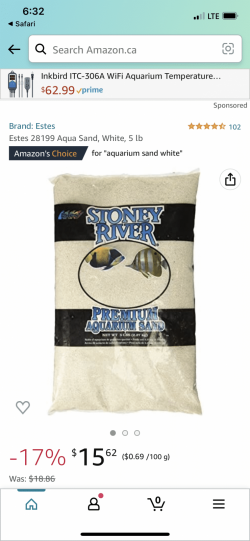ElNevera
New Member
Thank you for all the replies, I did not expect my very first thread on this site to have such detailed replies.
I think I am going to go with some aquatic soil in plastic filter bags topped with the B.D. Sand I posted a link to earlier in the thread. It will give me some options if I do decide to plant more but initially I think I will stick to my Anubis and I may buy some Java fern.
My tank is quite tall so I might need to add to my dragon stone I have in my current tank.
I am still undecided on the filter, I still want to go for the OASE BioMaster range but I don't know if I should get the 350 or 600.
Does that all sound good?
Cheers!
I think I am going to go with some aquatic soil in plastic filter bags topped with the B.D. Sand I posted a link to earlier in the thread. It will give me some options if I do decide to plant more but initially I think I will stick to my Anubis and I may buy some Java fern.
My tank is quite tall so I might need to add to my dragon stone I have in my current tank.
I am still undecided on the filter, I still want to go for the OASE BioMaster range but I don't know if I should get the 350 or 600.
Does that all sound good?
Cheers!




